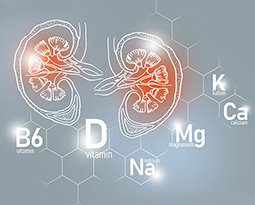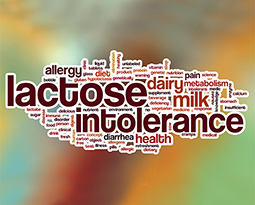Behavior, Nutrition and Lifestyle in a Comprehensive Health and Disease Paradigm
- Logo
-

- Main Image
-

- Tagname
- ARTICLE
- Logo link
- title
- Behavior, Nutrition and Lifestyle in a Comprehensive Health and Disease Paradigm
- Content Reference
- /content/an/hcpproconnect/in/en/home/adult/resources/secure/Behavior-Nutrition-and-Lifestyle-in-a-Comprehensive-Health-and-Disease-Paradigm
- Abstract
-
Unhealthy lifestyle are responsible for metabolic diseases, joint and skeletal diseases, cardiovascular diseases, hypertension, etc.1The risk of lifestyle diseases is increasing with counties becoming more industrialized.
- Publish Date:
- Jun 2022 | 5 min read











